Sure the glute bridge primarily targets the muscles of the butt which include the gluteus maximus, medius, and minimus. But that’s not all it’s good for even if it is just a simple bodyweight exercise.
You’ll also find that it’ll give your hamstrings, core, lower back, and posterior chain (backside of the body) a heck of a workout as well. And as a result, you’ll increase hip strength, prevent/improve lower back pain, and, of course, it sure doesn’t hurt to have a nice looking pair of buns!
So today, we’re going to show you how to do this exercise effectively, talk about the muscles involved, and even offer some superb variations…
The Glute Bridge
First, let’s talk about how to perform the actual exercise…
- To do the glute bridge, lie on the floor with your legs bent, feet flat on the ground (or heels on the floor), and arms by your sides. Then, simply lift your hips without over-extending your back and keep your core tight while squeezing your glutes and hamstrings.
Make sure to control the movement so that you feel the engagement of the muscles involved.
Do not push through your heels but rather make sure to perform the movement from your hips. Also, you only need to lift your hips until aligned with your torso and thighs. This is important for the safety of your back pain.
Level Up Your Fitness: Join our 💪 strong community in Fitness Volt Newsletter. Get daily inspiration, expert-backed workouts, nutrition tips, the latest in strength sports, and the support you need to reach your goals. Subscribe for free!
Here’s a video example…
It’s a relatively simple movement but… make no mistake, it can get rather challenging after a certain number of reps depending on the individual. And since it is a bodyweight exercise, it’s best to perform a higher number of reps to get a good workout.
Muscles Worked and Benefits
We briefly touched on the muscles which are engaged during the glute bridge. It’s a great butt exercise but your hip flexors, hamstrings, back, and even core are involved as well.
So, besides the muscle and strength-building side effects, this is a functional movement that involves the several aforementioned muscle groups.
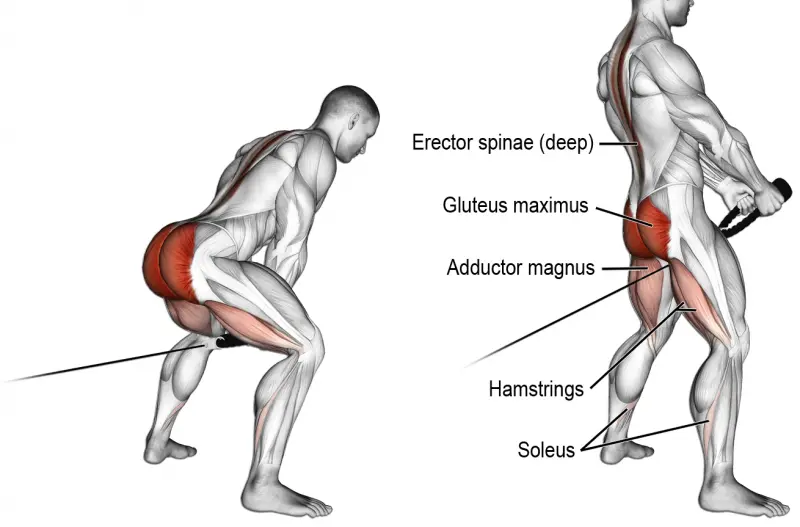
Glutes
The glutes are crucial for extension and external rotation of the thigh, and it plays a big role in keeping us upright. Well, when weak/underdeveloped (oftentimes caused by lots of sitting and inactivity), this can cause some lower back issues. So, it’s very important to train the muscles of the buttocks for optimal function.
Hip Flexors
The hip flexors consist of several different muscles which include the rectus femoris, iliacus, psoas, and iliocapsularis. And these muscles help with the function of the hip flexors which is to bring your torso and trunk together, bend your torso over your hips, plus rotation and adduction of the thighs.
But having weak hip flexors can result in lower back pain, bad knees, poor posture, and a lack of mobility.
Now, just like the glutes, sitting for too long can weaken the hips due to prolonged shortening of the muscle. So, if you find yourself having the issue of weak hip flexors then it’s time to start incorporating exercises to strengthen and lengthen this area for functional health.
Hamstrings
The hamstrings are opposite the quadriceps which consist of three muscles (biceps femoris, semimembranosus, semitendinosus).
And its function is to extend the thighs and hips, flex the knee, and rotation of the tibia (shinbone). So, whether you’re walking, squatting, or just bending over, your hamstrings are a part of the process.
Back
The back is composed of several different muscles (trapezius, erector spinae, latissimus dorsi, rhomboids). Each has its own function which includes movement of the shoulder and neck, plus the function of the vertebral column and that related to posture as well.
Due to the action of the glute bridge, it’s easy to see how the back muscles are involved.
Core
The core muscles include the abs, obliques, internal muscles, and even lower back. These muscles support the stabilization of the spine and trunk while playing a big role in essentially every exercise.
So, it’s very important to keep the core engaged and tight for the safety of the back and to perform optimally.
Best Variations
Besides your typical two-legged glute bridge, there are a few variations which can provide even more of a challenge, therefore, contributing to progression and even more results.
Single-Leg Glute Bridge
This single-leg glute bridge is awesome and probably the most popular variations because your hips have to work even harder to power through each repetition and you still don’t need any equipment. So, the movement itself is still rather simple.
- To do the single-leg glute bridge, lift one leg up in the air so that it’s straight out and parallel with the opposite thigh. Then, lift your hips while also driving upward through your heels and squeeze your glutes. Keep your core tight. Then, lower your hips until an inch from the ground.
A similar variation of this would be to bend the non-working leg and tuck the same foot on top of the thigh of the working leg, instead of extending your leg out straight.
Also, you can lift the non-working leg straight up rather than a few feet off the ground to increase the difficulty.
Bosu or Medicine Ball Glute Bridge
Here’s a cool variation that will test your stability.
- Place your feet on either a Bosu or medicine ball, keep your core engaged, and lift your hips while pressing through your heels and get a really good glute squeeze. Then, lower your hips back down an inch or two from the floor.
Glute Bridge on Your Toes
Instead of doing the glute bridge with feet flat on the floor, challenge yourself a little more by staying on your tiptoes the entire time.
Glute Bridge Holding a Weight
To add more resistance to the basic glute bridge, hold a dumbbell or kettlebell on your hips.
Hip Thrust
The hip thrust is the absolute cream of the crop when talking about glute bridge variations. You can load up with a ton of weight and it’s an amazing strength-building and muscle-building exercise which also works all of the same functions of the glute bridge just to a greater extent.
To do the glute bridge:
- Sit back against a flat bench and roll the barbell over your hip crease.
- Then, use your elbows to lift your body up until your feet are flat on the ground and your upper torso is on the bench. Feet can be about shoulder-width apart.
- Grip the bar to balance it on your hips and look straight forward keeping your chin tucked.
- Take a deep breath and brace your core then drive your hips upward pressing through your heels and squeeze your glutes, Then, lower back down four or so inches from the ground.
Tips:
- Keep your shins vertical while doing the hip thrust.
- Keep your head looking forward as this prevents you from hyperextending your back.
- Lower your butt down to where you’re not losing your position so you can put a pad or something similar underneath to prevent this from happening.
- Feel free to adjust as needed.
- Use a weight that you can handle while getting the full range of motion and contraction in your glutes. But don’t be afraid to progressively slap some weight on the bar to really make some gains!
Wrapping Up
You can do the glute bridge at home, the gym, on a train, in the grass… or anywhere else because you don’t need equipment (unless doing some of the weighted variations).
It’s a good exercise for building or even maintaining but it has its place in an exercise regime. So, we hope you learned a little something about it and do try the variations to see for yourself how challenging this exercise can really be.

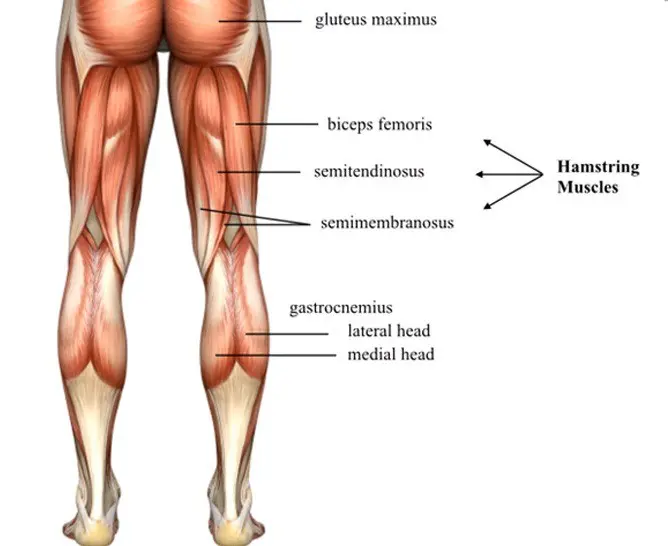

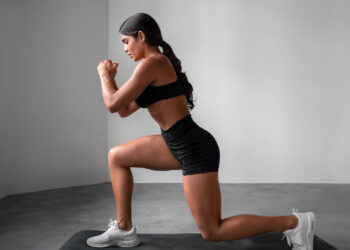
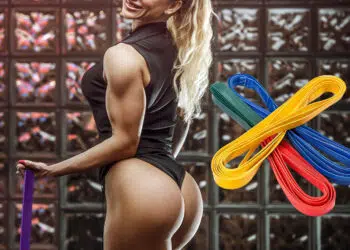
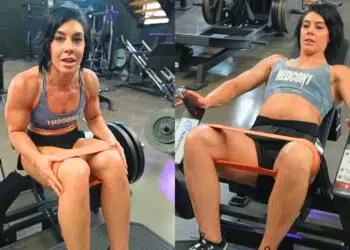
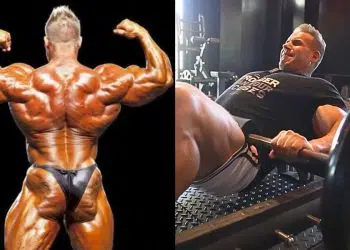

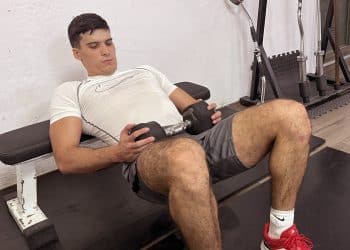

An interesting article! if someone was looking about back pain and prevention, please visit my website, you’ll reacive bonus video How To Prevent Backpain. I am a master of physiotherapy and a chiropractic. Backache and prevention is my job. Who had back pain? Probably most of us. Take care of it.